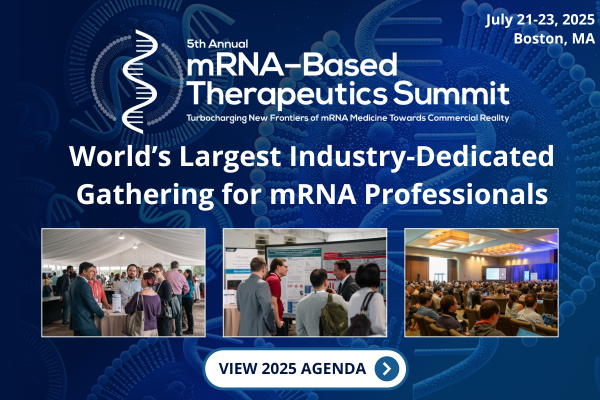Lipocine’s NASH Therapy Candidate Achieves Meaningful Liver Fat Reduction Based on Interim Results
Lipocine Inc. announced approximately eight-week top-line interim results from an ongoing sixteen-week Liver Fat Imaging study (“Liver Fat Study”) with LPCN 1144. The Liver Fat Study is designed to assess the therapy potential of LPCN 1144 in non-alcoholic steatohepatitis (“NASH”) with liver fat changes assessed using magnetic resonance imaging, proton density fat fraction (“MRI-PDFF”) technique, a non-invasive quantitative biomarker of liver fat content. NASH is an advanced form of non-alcoholic fatty liver disease (“NAFLD”) and occurs when fat accumulates in liver cells due to causes other than excessive alcohol use and a patient has hepatitis (inflammation of the liver) and liver cell damage. Currently there are no approved treatments for NASH. NASH is a silent killer that affects ~30 million Americans.
The ongoing Liver Fat Study is an open-label, multi-center, single arm study evaluating LPCN 1144 treatment in a cohort of 36 hypogonadal males. Subjects with at least 10% baseline liver fat were evaluated which is indicative of subjects with NAFLD with the potential to have NASH. Interim results of seven of the nine subjects in the Liver Fat Study with baseline liver fat of at least 10% are presented as two subjects were unable to schedule an eight-week MRI-PDFF visit. Baseline mean liver fat of these seven subjects was 21.0%.
Treatment results showed an absolute mean reduction from baseline of 7.6% liver fat and demonstrated a 38% relative mean liver fat reduction from baseline. Moreover, there was an 86% responder rate in which subjects experienced at least a 4.1% absolute reduction in liver fat from baseline and a 71% responder rate in which subjects experienced at least a 29% reduction in liver fat from baseline.
A recent publication in Therapeutic Advances in Gastroenterology (Patel et al., Therapeutic Advances in Gastroenterol. 2016 Sep; 9(5): 692–701) quantified the magnitude of MRI-PDFF reduction corresponding to a histologic response in NASH in a clinical setting with paired liver biopsy. The results concluded that histologic responders had a statistically significant reduction in MRI-PDFF of -4.1% with a mean relative percent change of -29.3%.
“Hypogonadism is an underappreciated condition in NAFLD/NASH,” said Dr. Stephen Harrison, Medical Director, Pinnacle Clinical Research and Visiting Professor of Hepatology, Radcliffe Department of Medicine, Oxford University. Dr. Harrison further stated, “The interim results strongly suggest the potential benefit of LPCN 1144 therapy for patients with NAFLD and support further study to validate a histopathologic benefit in patients with NASH. Additionally, testosterone therapy has additional known benefits, including improved bone density and muscle mass.”
Based on multiple clinical studies with up to 52-week exposure, LPCN 1144 is well tolerated with no adverse liver enzyme signals, no deaths or MACE events, and no drug related SAEs. Moreover, LPCN 1144 has shown good gastrointestinal tolerability with no signs of skeletal fragility or nephrotoxicity. LPCN 1144 was well tolerated in the Liver Fat Study.
“We are very encouraged by these results especially as the observed liver fat reductions are the largest of any well-tolerated oral product candidate within approximately eight weeks. We look forward to the sixteen-week results later this quarter,” said Dr. Mahesh Patel, Chairman, President and Chief Executive Officer of Lipocine. Dr. Patel further stated, “We believe LPCN 1144 can offer additional unmet benefits such as improvement in cardiovascular disease, sarcopenia, and sexual dysfunction.”


